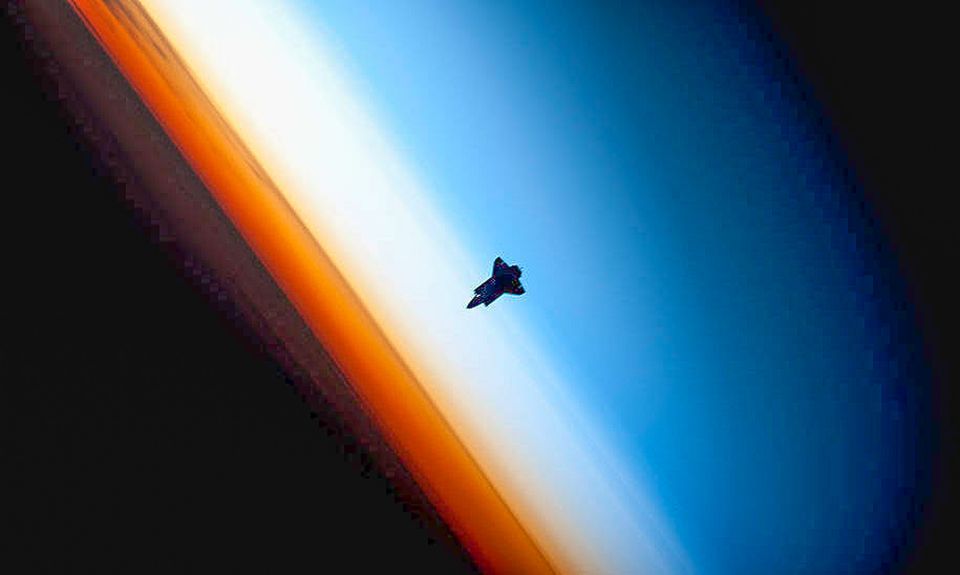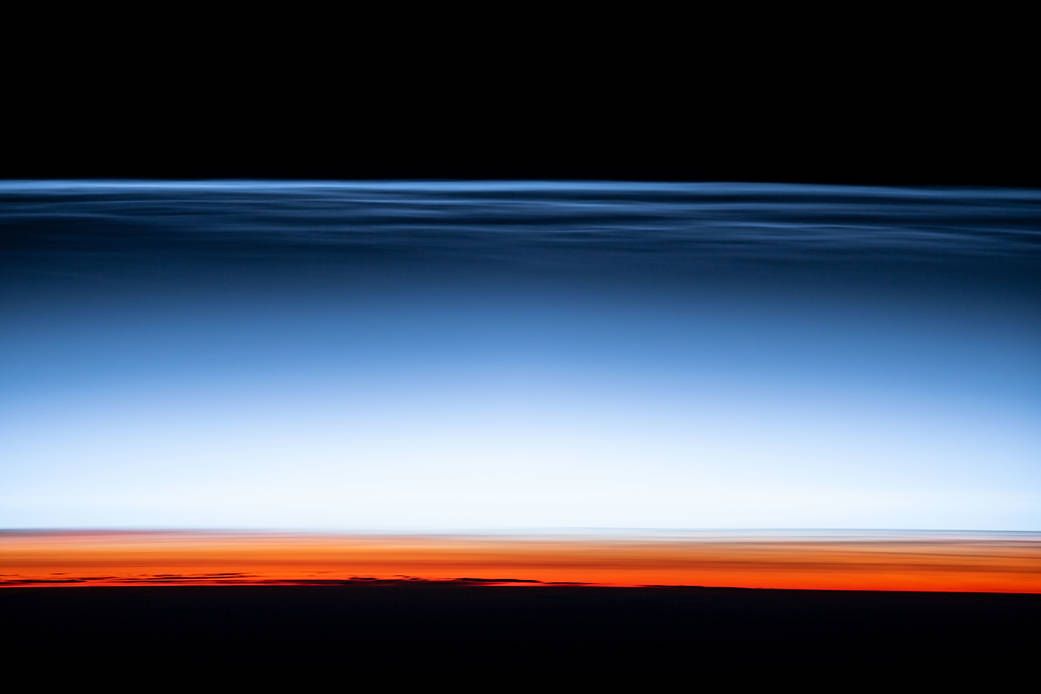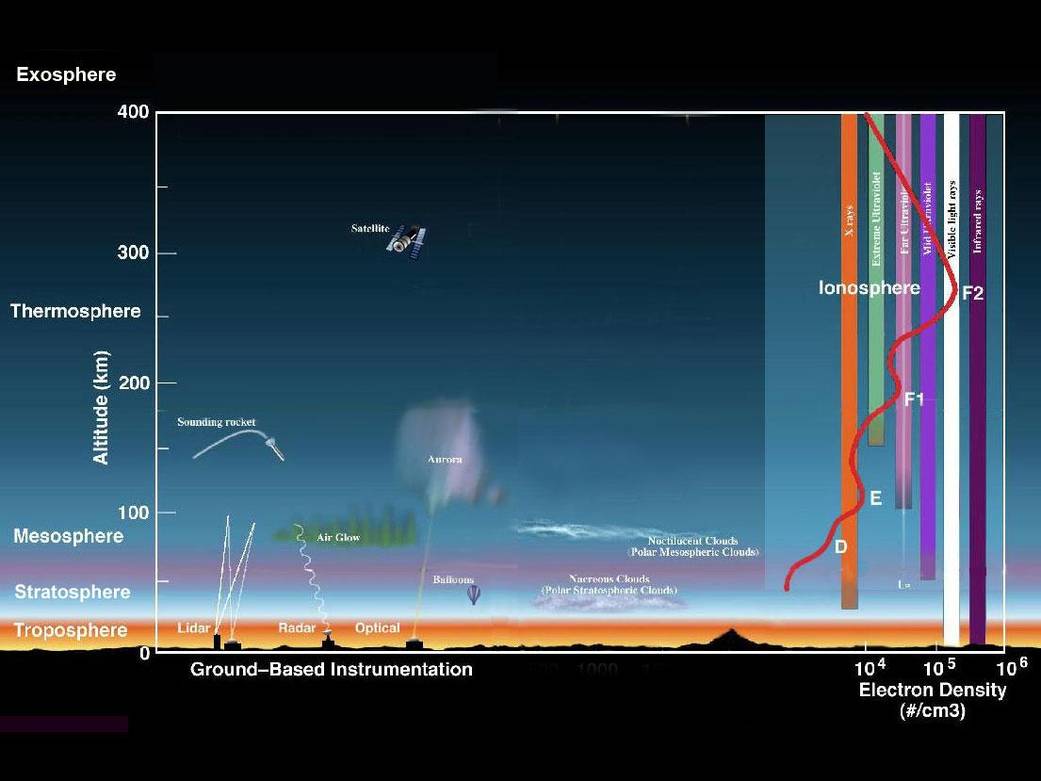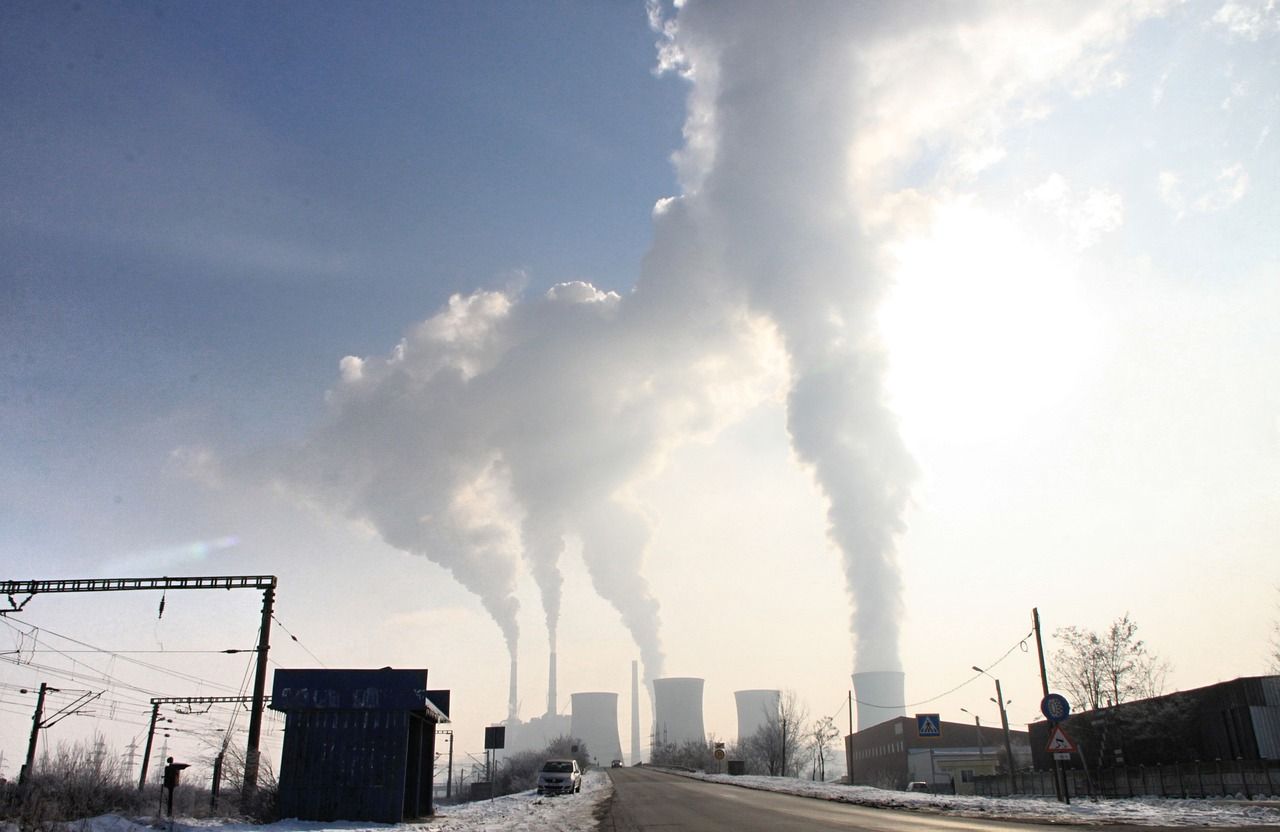Living in the Ignorosphere


Would you be surprised if I told you we live in a bubble of ignorance called the ignorosphere?
Granted, the ignorosphere is a geeky term used by scientists, but it's such an apt metaphor that I can't resist making it the topic of this week's newsletter.
And like all our best metaphors, the ignorosphere is hidden in plain view then drops into our consciousness like a little bomb going off.
I'm talking, of course, about the atmosphere that surrounds us—or rather surrounds our entire planet—and protects us from being blasted into oblivion by the sun's intense radiation.

One way or another, we are all familiar with the atmosphere. Even if you didn't study the layers of the atmosphere in school, we all know the troposphere because it's the layer that contains all our weather and where planes fly.
The troposphere tops out at 5-9 miles above the earth, where it is replaced by the stratosphere that extends 30 miles above the earth and absorbs ultraviolet radiation that would otherwise fry every living thing.
Further out we have the mesosphere, which occupies the zone from 30-50 miles high and is the layer where meteors burn up. And finally we have the thermosphere which is 50-400 miles above the earth's surface and is where satellites and auroras roam.

With climate change being a critical issue, the troposphere is being intensely studied because it acts like a warm quilt that traps carbon dioxide. The thermosphere is also well studied because it is filled with sensor-laden satellites. But the mesosphere is too high for planes, and much too low for satellites, so there's almost no way to study it.
So little is known about the mesosphere that it's called the ignorosphere.
Scientists are just starting to peek at this overlooked part of the atmosphere—and they're getting worried. It turns out the 40 billion tons of carbon dioxide gas that humans produce every year doesn't all stay in the troposphere, it also leaks into the upper atmosphere where it's creating problems that will surprise you.

In the troposphere—the dense air closest to the earth's surface—carbon dioxide molecules capture heat then transfer it to adjacent molecules, effectively trapping heat and warming up the earth's climate.
But in the upper atmosphere the air is so thin that heat absorbed and emitted by carbon dioxide molecules disappears into space, with the result that the upper atmosphere is now cooling 4-5 degrees Fahrenheit every decade.
And as the air cools, the upper atmosphere is shrinking.
One concern is that the layers of the atmosphere experience immense tides of rising and falling air that are already so extreme that temperatures in the stratosphere can jump 90 degrees Fahrenheit within days.
These patterns of atmospheric turbulence, with increasingly warmer lower layers and colder upper layers, are now changing and impacting weather and climate as human-made emissions alter the temperature, density, and chemistry of the air in poorly understood ways.
If you don't like living in a bubble of ignorance, scientists are even more worried because this is a critical moment to understand what's happening with our atmosphere.

In an unfortunate twist of fate there are only six satellites devoted to monitoring conditions in the upper atmosphere, but one of these satellites failed last December, another was decommissioned in March of this year, and three more are scheduled to be shut down in the near future—and the timing couldn't be any worse!
It's entirely possible that our ignorosphere is about to get even bigger.

Member discussion